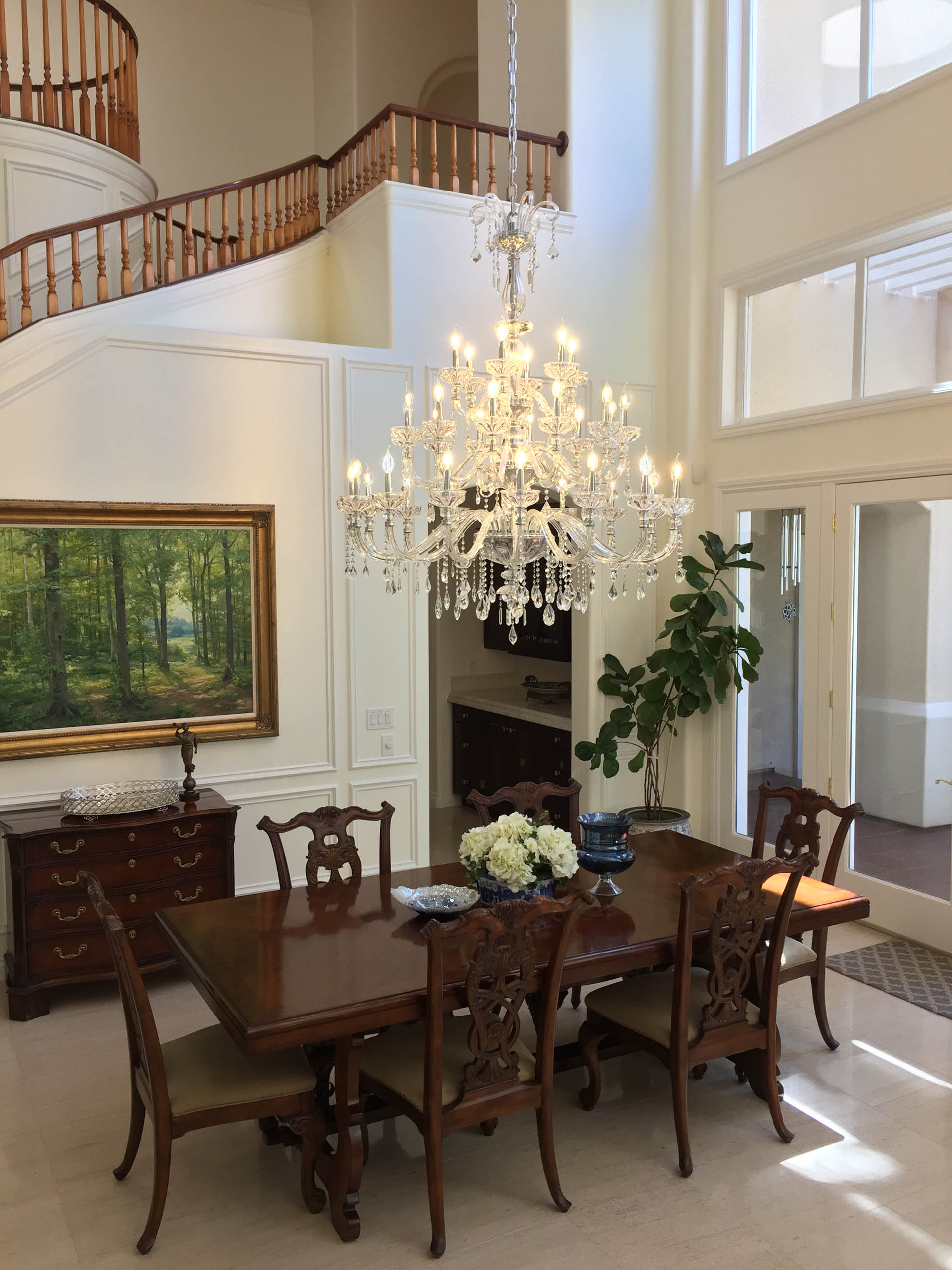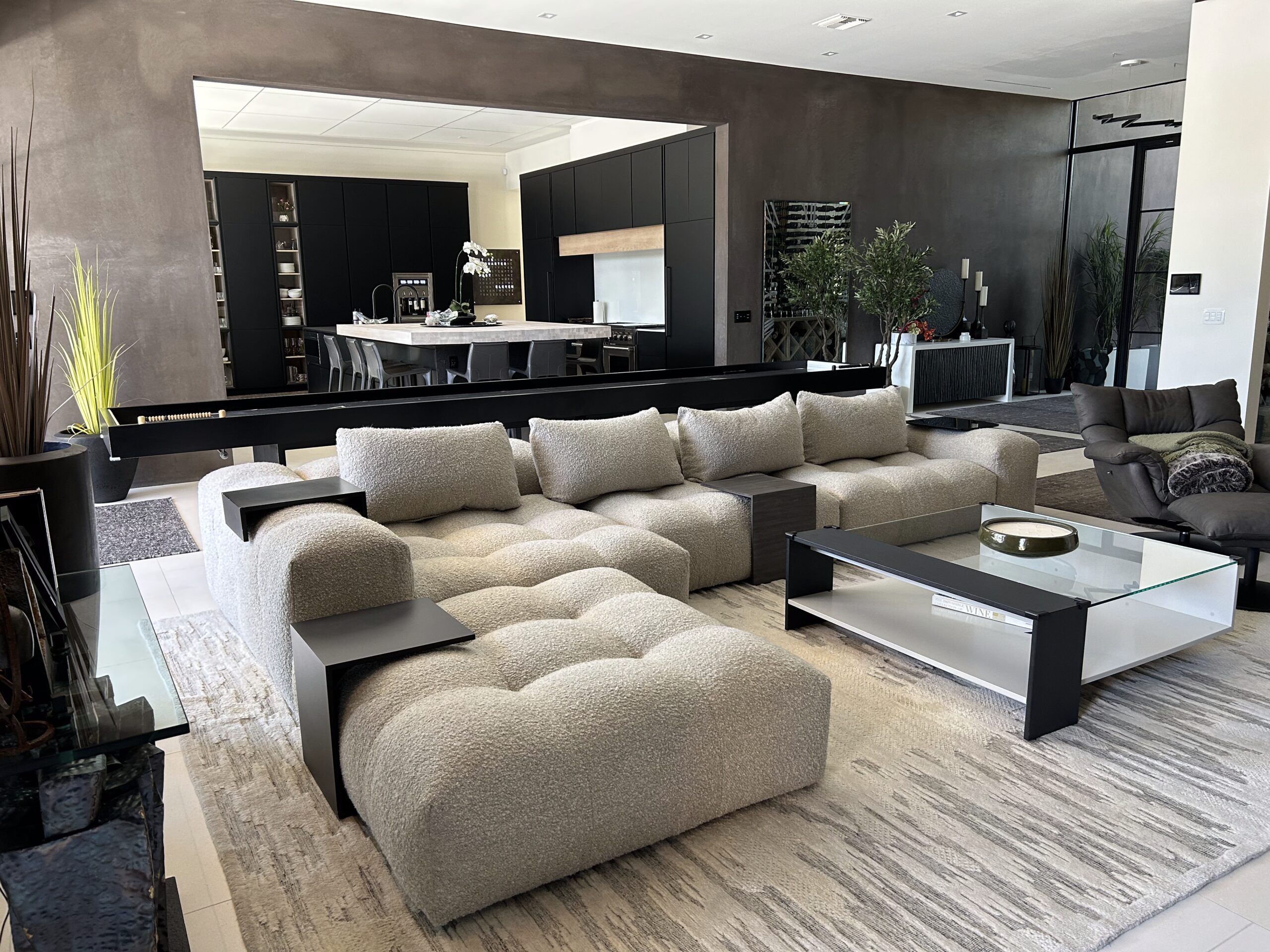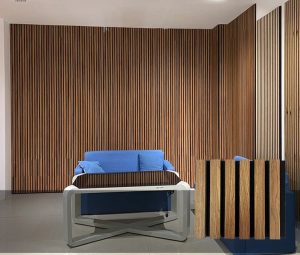Elevate Your Living Room with Stylish Wall Panels

Elevate Your Living Room with Stylish Wall Panels
Transforming your living room into a stylish and functional space doesn’t always require a complete renovation. One of the most effective ways to achieve a significant change is by incorporating wall panels.
can transform a dull room into a stylish and inviting space, making it a worthwhile investment.
Why Choose Wall Panels for Your Living Room?
Wall panels serve as more than just decorative features; they play a crucial role in enhancing the overall ambiance and functionality of your living space.
Aesthetic Enhancement
Wall panels introduce textures, patterns, and colors that can transform plain walls into captivating focal points. Whether aiming for a classic, rustic, or contemporary look, the variety of designs allows for personalized expression. For instance, geometric patterns can add a modern flair, while natural wood finishes bring warmth and a touch of nature indoors.
Improved Insulation
Beyond their visual appeal, wall panels contribute to a room’s thermal and acoustic insulation. Materials like wood and PVC add an extra layer to walls, helping to maintain indoor temperatures by reducing heat loss during winters and minimizing heat gain in summers. This not only enhances comfort but also promotes energy efficiency. Additionally, the sound-dampening properties of specific panels can create a quieter and more serene living environment.
Durability and Easy Maintenance
High-quality wall panels are designed to withstand daily wear and tear, offering a protective barrier for your walls. Unlike paint or wallpaper, which can chip or peel over time, materials such as MDF or treated wood are resilient and long-lasting. This durability makes them particularly suitable for high-traffic areas, ensuring your living room maintains its pristine appearance for years. Moreover, maintaining wall panels is generally straightforward. Most panels can be cleaned with a simple wipe-down using a damp cloth, making them a practical choice for households with children or pets.
Conceal Imperfections
Wall panels effectively hide imperfections, such as cracks, stains, or uneven surfaces. They can also discreetly cover wiring or structural elements, resulting in a cleaner and more polished look. This improves the room’s aesthetics and reduces the need for extensive wall repairs or repainting.
Popular Wall Panel Styles to Consider
Choosing the right wall panel style can significantly impact the overall look and feel of your living room. Here are some popular options:
1. Traditional Wainscoting
Wainscoting involves installing wooden panels on the lower portion of the walls, typically up to chair-rail height. This classic design adds elegance and sophistication to living spaces. Wainscoting can be painted to match or contrast with the upper wall, allowing for versatile design options. It also serves a practical purpose by protecting walls from scuffs and damage.
2. Beadboard Paneling
Beadboard paneling features narrow, vertical planks with a distinctive groove, or “bead,” between each board. This style lends a charming cottage or coastal vibe to living rooms. Beadboard is often used to add texture and interest to walls and can be installed at various heights, including complete wall applications. It’s typically painted in light, airy colors to enhance its casual appeal.
3. Shiplap Paneling
Shiplap consists of horizontal wooden boards installed with slight gaps between them, creating subtle shadow lines that add depth to the walls. Initially used in rustic or farmhouse settings, shiplap has gained popularity in various interior styles for its clean lines and versatility. It can be painted in any color to suit the desired aesthetic, from traditional white to bold, dark hues.
4. Geometric and 3D Textured Panels
For a modern touch, 3D and geometric panels add depth and visual interest. Made from materials like MDF or PVC, these panels come in various patterns, such as waves or hexagons, and can be painted to match your color scheme. They serve as striking focal points and can transform a plain wall into a work of art.
5. Fabric-Covered Panels
Fabric-covered panels offer a soft, luxurious feel and can also improve room acoustics by absorbing sound. Available in a range of textiles, including velvet and linen, fabric panels can be customized to fit your desired aesthetic. They are particularly suitable for creating cozy, inviting spaces.
Installation Tips for Wall Panels
Proper installation ensures that your wall panels not only look great but also function effectively.
Surface Preparation: Ensure the wall surface is clean, dry, and smooth before installation. Remove any existing wallpaper or peeling paint.
Panel Alignment: Start from the center of the wall and work outward to ensure even spacing and alignment.
Adhesive Application: Use the appropriate adhesive recommended by the panel manufacturer for a secure bond.
Finishing Touches: After installation, apply caulk to seams and joints for a seamless appearance.
Maintenance and Care
Maintenance of
is relatively straightforward, ensuring long-term satisfaction with minimal effort.
Regular Cleaning: Dust panels regularly and clean with a damp cloth to remove stains.
Touch-Ups: Repaint or refinish panels as needed to maintain their appearance.
Protective Measures: Use furniture pads and rugs to prevent scratches and dents.
Frequently Asked Questions (FAQs)
Q1: Can wall panels be installed in any room?
A1: Yes, wall panels can be installed in various rooms, including living rooms, bedrooms, and even bathrooms, depending on the material’s moisture resistance.
Q2: Are wall panels suitable for renters?
A2: Many wall panels are designed for easy installation and removal, making them suitable for renters who want to personalize their space without permanent alterations.
Q3: How do I choose the right wall panel material?
A3: Consider factors such as the room’s function, moisture levels, desired aesthetic, and budget when selecting the appropriate material.
Q4: Can wall panels improve room acoustics?
A4: Yes, certain materials like fabric-covered panels can absorb sound, reducing echo and improving acoustics in a room.
Q5: Are wall panels a cost-effective option?
A5: Wall panels can be a cost-effective solution compared to traditional wall treatments, offering durability and aesthetic appeal at a reasonable price.
Incorporating smart wall panels into your living room design is an excellent way to enhance both the functionality and aesthetic appeal of the space. With various styles and materials available, you can choose options that align with your taste and the room’s requirements. For those seeking to enhance their home’s aesthetics,
offers a stylish and functional option.




